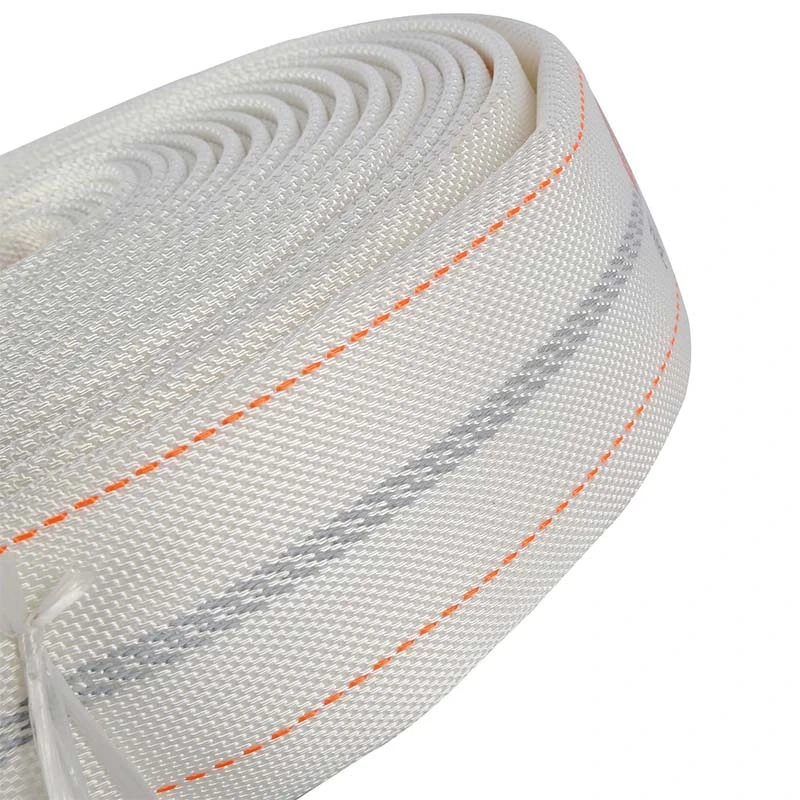pvc hose sizes
Understanding PVC Hose Sizes A Comprehensive Guide
Polyvinyl Chloride (PVC) hoses are an essential tool in various industries, from construction to agriculture, due to their versatility, durability, and cost-effectiveness. However, selecting the correct size of PVC hose for your needs is crucial for ensuring optimal performance and efficiency. This article delves into the importance of PVC hose sizes, the factors that influence size selection, and advice on how to choose the right size for your application.
Why Hose Size Matters
The size of a PVC hose impacts its performance, flow rate, and ability to handle pressure. Using the correct size ensures that the fluid moves efficiently through the hose without bottlenecks or excessive turbulence. If the hose is too small, it may restrict flow, leading to increased pressure drop and potential damage to the system. Conversely, an oversized hose may lead to wasted material and inefficient operations. Thus, understanding the specifics behind PVC hose sizes can save time, money, and resources.
Common Sizes of PVC Hoses
PVC hoses come in various sizes, typically measured by inner diameter (ID) and outer diameter (OD). The most common sizes range from 1/4 inch to 4 inches in inner diameter, although larger options are available for specific applications. Here’s a breakdown of common sizes and their typical uses
- 1/4 inch Suitable for low-pressure applications, such as watering small plants or transferring lightweight fluids. - 1/2 inch Frequently used for home gardening or irrigation systems, allowing for a moderate flow rate. - 3/4 inch Ideal for garden hoses, as well as for draining tanks or ponds. - 1 inch Commonly utilized in commercial applications where higher flow rates are necessary, such as construction sites or agriculture. - 2 inches and above Typically used for industrial applications, including pumping water and chemicals in manufacturing processes.
Factors to Consider When Choosing PVC Hose Sizes
pvc hose sizes

1. Fluid Type The nature of the fluid you are transferring plays a significant role in determining hose size. For instance, thicker fluids may require a larger ID to ensure smooth flow.
2. Hose Length The longer the hose, the more friction and pressure loss can occur. If you are using a long length of hose, opting for a larger diameter might mitigate flow rate issues.
3. Pressure Rating Depending on your application, you may need a hose that can withstand higher pressure. Make sure to select the correct size that aligns with the pressure requirements of your system.
4. Connection Fittings Ensure that the hose size matches or is compatible with your existing fittings and connectors to avoid leaks and pressure loss.
5. Temperature and Environmental Factors Consider the temperature range and environmental conditions where the hose will be used. Some applications might require more robust hoses that can handle extreme conditions, which could affect the overall size selection.
Conclusion
Choosing the right size of PVC hose can significantly enhance the efficiency and safety of your operations, whether you are dealing with domestic, agricultural, or industrial applications. Evaluating the specific requirements of your task, such as fluid type, pressure, length, and environmental factors, will help you make an informed decision. Remember, the right size often leads to better performance and longevity of the hose, saving both time and cost in the long run. When in doubt, consult with a hose specialist to ensure you select a PVC hose that meets your needs precisely. By understanding PVC hose sizes, you position yourself for success across various applications and industries.
-
Top Quality Oxy Acetylene Hoses for Sale Fit for Welding DemandsNewsJul.28,2025
-
The Future of Pneumatic Air Tubes in IndustryNewsJul.28,2025
-
Superior and Reliable LPG Hose Pipe Solutions for Every NeedNewsJul.28,2025
-
Exceptionally Durable and Versatile Premium Braided PVC TubingNewsJul.28,2025
-
Best Adapters for Connecting Garden Hose to PVC Pipe ConnectionsNewsJul.28,2025
-
The Essential Role of LPG Hoses in Safe and Efficient Gas DistributionNewsJul.16,2025














